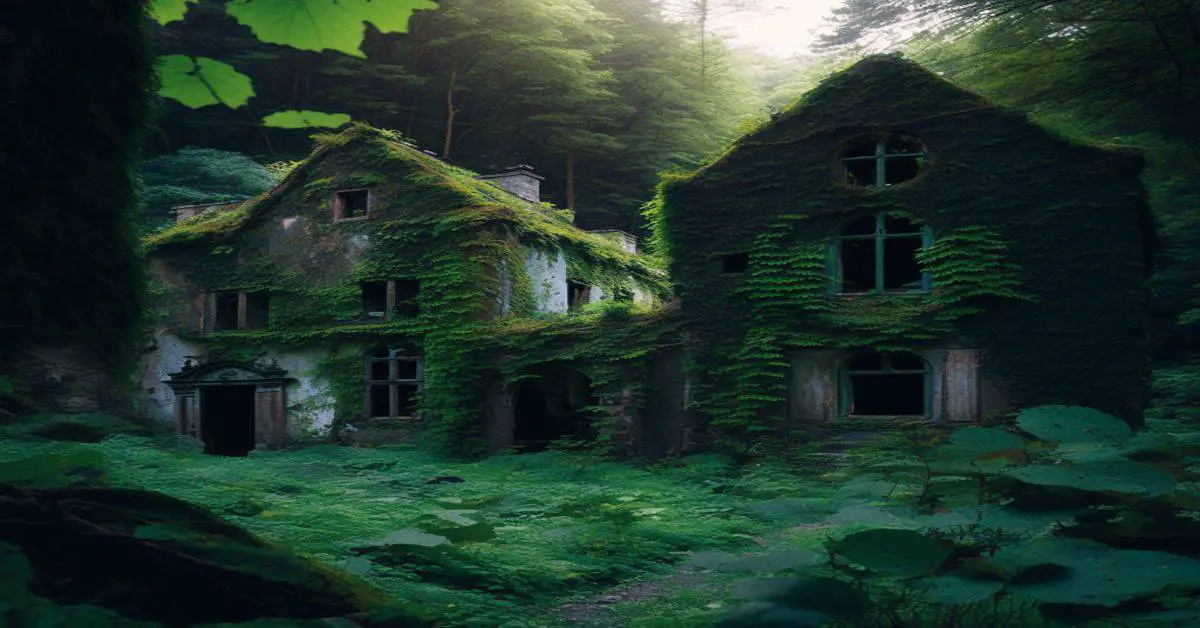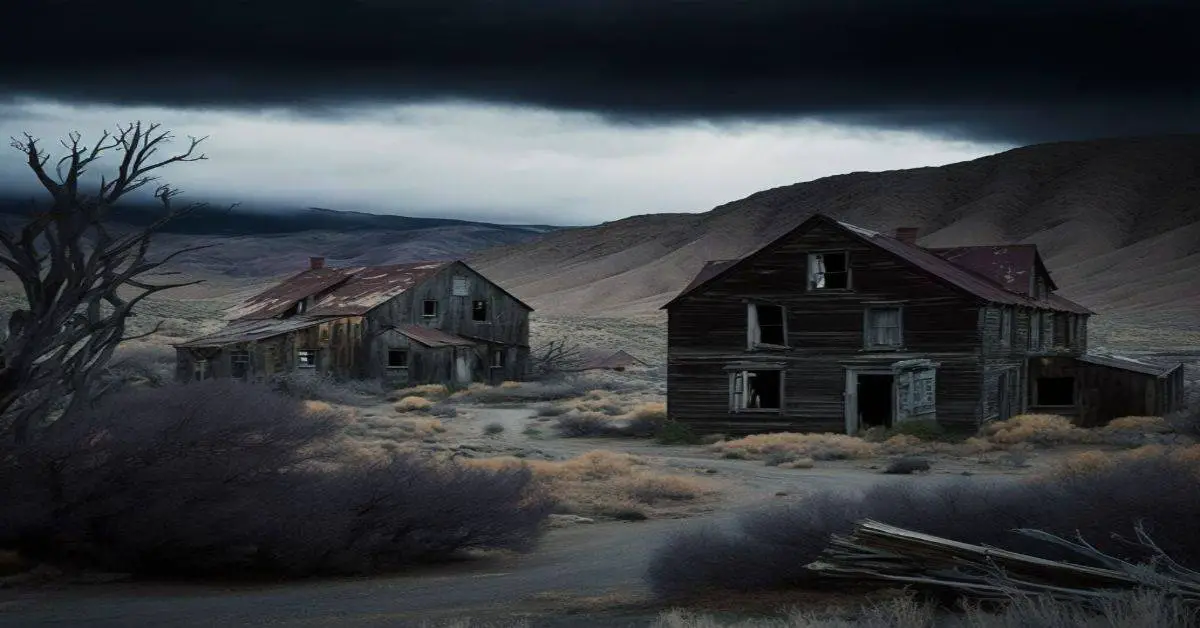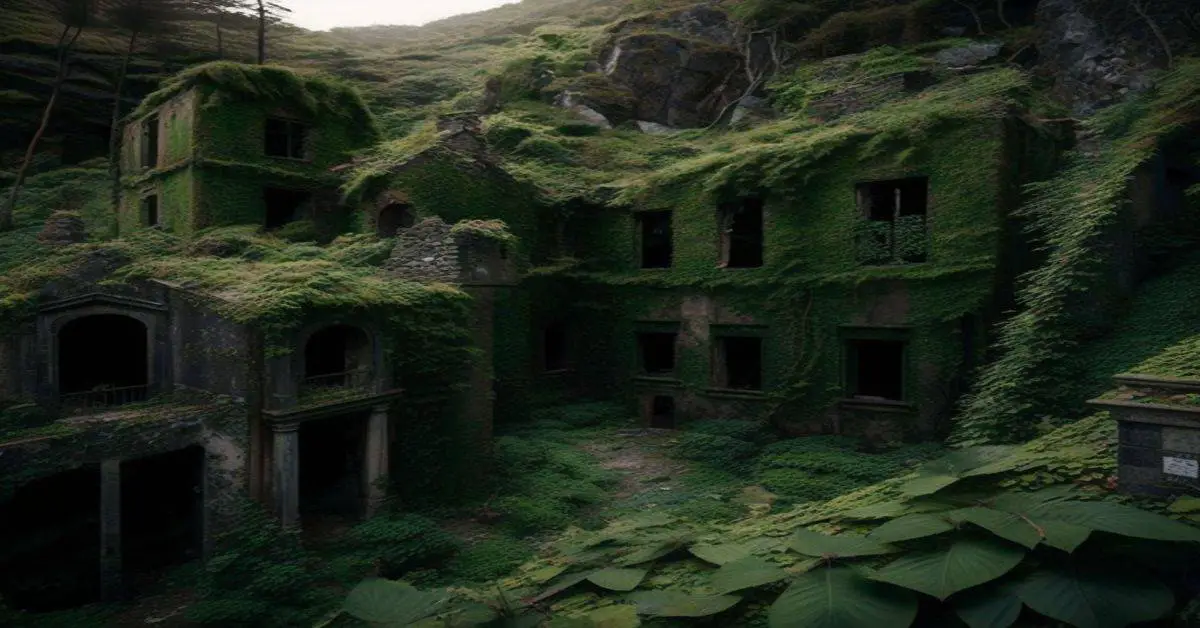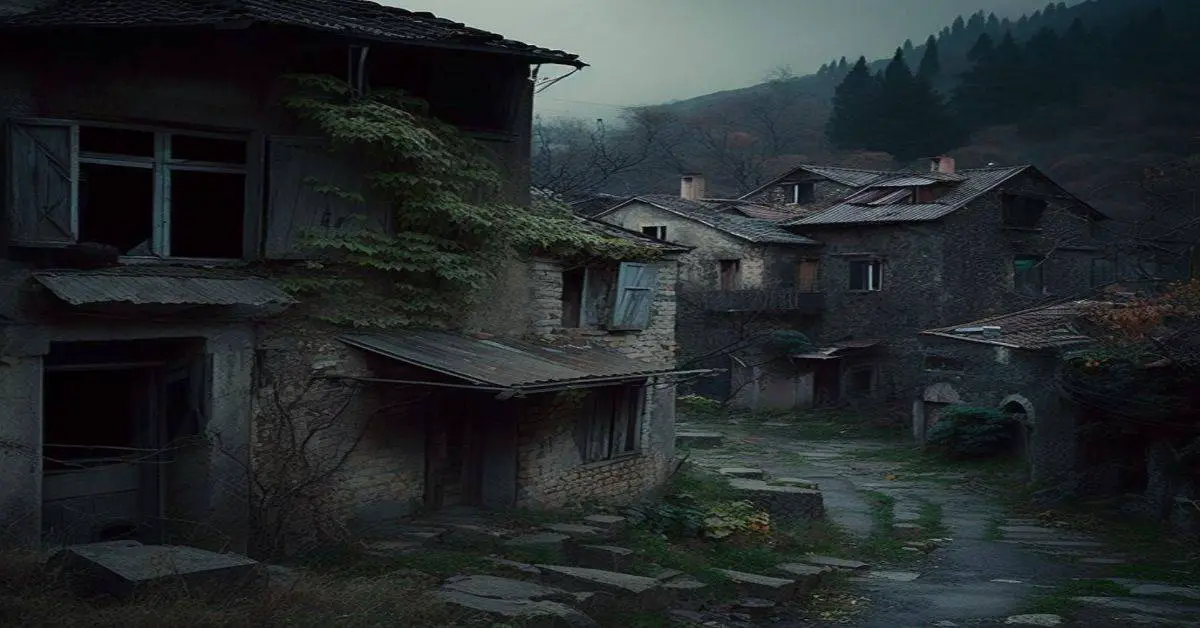Nevada got its reputation as the “Silver State” thanks to silver and gold findings in the mid-1860s. It was one of the most significant silver discoveries worldwide. Entering statehood as the 36th state on October 31, 1864, Nevada was the second of two states added to the Union during the Civil War. It is one of the only states to become much larger after its admission into the Union.
There are more than 600 ghost towns in Nevada. After the gold and silver mines from different cities were “dried up” in the early 1920s, people abandoned towns, moving to the next town.
Some ghost towns were abandoned more than 100 years ago, and most houses, post offices, saloons, mines, etc., are in their original state due to Nevada’s dry climate. In this article, you may find out about some of Nevada’s most iconic ghost towns.
Techatticup Mine “Nelson Ghost Town”
Nelson was founded during the mid-1880s. The city began its fast growth due to gold, silver, and copper production, especially from 1858 to 1945. This production led to millions of dollars pumped from the mines by Civil War deserters who were the principal settlers of this town.
Techatticup Mine is in Nelson, southern Nevada. “Eldorado,” as Spaniards previously called it, due to the sizeable uncovered gold and silver mines found in this region, is located 45 miles (or 50 minutes) from Las Vegas.
In 1974, this town was a victim of a flash flood, which was very common in this area, and caused the death of nine people and the destruction of the settlement. Even though the town was destroyed by flooding substantial enough to wipe the place out completely, the location would often be the stage for chaos and shootouts of lawless and debaucherous people who didn’t have an apex of civilization.
Although the 2010 census indicates this town has 37 inhabitants, this area is shared among directors and photographers who have used its view and appearance to film movies, tv shows, and magazine shoots.
Rhyolite, Nevada
The Rhyolite ghost town is located in Beaty, Nye County, Southwest Nevada, located 120 miles or a 2-hour drive from Las Vegas.
In 1905, people discovered a high-grade and valuable gold ore, forming several mining camps, including Rhyolite. You could get more than $16,000 per ton (approx $415,000 by modern standards) due to the tremendous value this mine had. Those prices made Rhyolite one of the most wealthy places during the early 1900s, having concrete sidewalks, electric lights, water mains, telephone, and telegraph lines.
It became a ghost town in the early 1900s. In 1906, the San Francisco earthquake affected the rail service, and by 1910 mines began to close. With the closure of the mines, banks and electric companies began to collapse. The mining town was then abandoned by its residents, leaving less than 20 people.
As of 1920, only 14 people lived in Rhyolite. Today, the former town is the most photographed ghost town in the west.
Gold Point, Nevada
The Gold Point ghost town is in Goldfield, located in western Nevada. It used to be the biggest city in Nevada, but now it’s the second smallest county seat in the United States. Gold Point can be found 175 miles north of Las Vegas.
Gold Point was a wealthy silver and gold mining camp in the early 1860s and was founded under the name of Lime Point. It had more than 125 dwellings, a post office, a bakery, hotels, and cafes. During World War II, the government ordered all gold mines to shut down as they were considered nonessential to the war effort. The shutdown caused miners and their families to move to other towns for income during the war.
The former town of Gold Point is a popular tourist attraction where visitors can walk the main street and enter some original and restored buildings. This town also has one of the darkest sky areas in the state, and its current population is about seven.
Thomas, Nevada
The former town of Thomas is in Overton, Nevada. It lies in the northern part of the park near the Overton Arm along the muddy river, which feeds into Lake Mead approximately 60 miles north of Las Vegas. The town was initially populated by Mormon settlers led by Thomas Smith in 1865. It was known for its farms and businesses.
Mormons opted to leave St. Thomas in 1871 after the newly found state of Nevada attempted to collect taxes in gold for previous years of earnings. Some chose to abandon their properties, while others tried to stake claim to the structures and land. Other religious followers burned their homes and unharvested crops before moving to Salt Lake City, Utah.
In the late 1930s, the town was inundated under 50 to 70 feet of water. The only thing left in this town is the base of some concrete foundations that can only be seen when the lake recedes. One of its last residents was Hugh Lord, who paddled away from his home when the water rose again in 1938.
The lake dropped in the 2000s, and the town’s ruins resurfaced. Its most famous tourist attraction is the “Lost City Museum,” which can be visited near the Lake Mead Recreation Area.
Metropolis, Nevada
Metropolis is a ghost town located in Wells, Northeast Nevada, about 381 miles or 6 hours from Las Vegas. This town was developed in the early 20th century to grow wheat near Wells.
In the early 1920s, farming activity decreased, and by the mid-1930s, the town had dried up due to its low agricultural structure, causing the city to be abandoned.
One of the most important hotels succumbed to fire in 1936, the post office closed in 1942, and the school was closed in 1947. No one lives in this town today, even though the ranches are still visible.
Belmont, Nevada
Belmont is located in Nye County, Nevada. Belmont was the seat of Nye County for a time. In 1865, a Native American living in the area discovered a large deposit of the silver in the Toquima Mountains. Two years later, Belmont had 10,000 people settled, although according to some experts and other sources, it had 4,000 people. Nonetheless, it was a big town due to its silver production. By 1868, there were over 100 businesses, including hotels, restaurants, saloons, and a National Park.
Although it was a prosperous and wealthy town, there were many murders and even several lynchings. By the end of 1889, many Belmont residents had left. Today a few buildings remain, making this town one of the most visited ghost towns in Nevada.
Jarbidge, Nevada
The ghost town of Jarbidge is located in Elko County. It is 525 miles (almost 9 hours) from Las Vegas. In this town, several gold mines were discovered around 1909. The discovery led to wild and exaggerated stories about murders and the harsh winters that were to blame for several inhabitants’ deaths. Before the abandonment of its people, this town was one of the wealthiest in Nevada. It had many buildings, including traditional saloons, restaurants, hotels, and stables.
In December of 1916, a massacre included a criminal taking the mail and over $3,000. Due to matching fingerprints left on the envelopes the criminal had thrown away, he was found guilty, making it the first time this evidence was accepted in court.
Due to the brutal winter, people used to leave Jarbidge and return in the summer or early autumn. Only a few people stayed during winter, most of them left Jarbidge during the 1910s, and its current population is around 20.
Final Thoughts:
We are often moved by history and memories. Places we have visited may be full of stories we’ve never thought happened. Nevada has more than 600 ghost towns, making it one of the most desirable places for people who love history.



